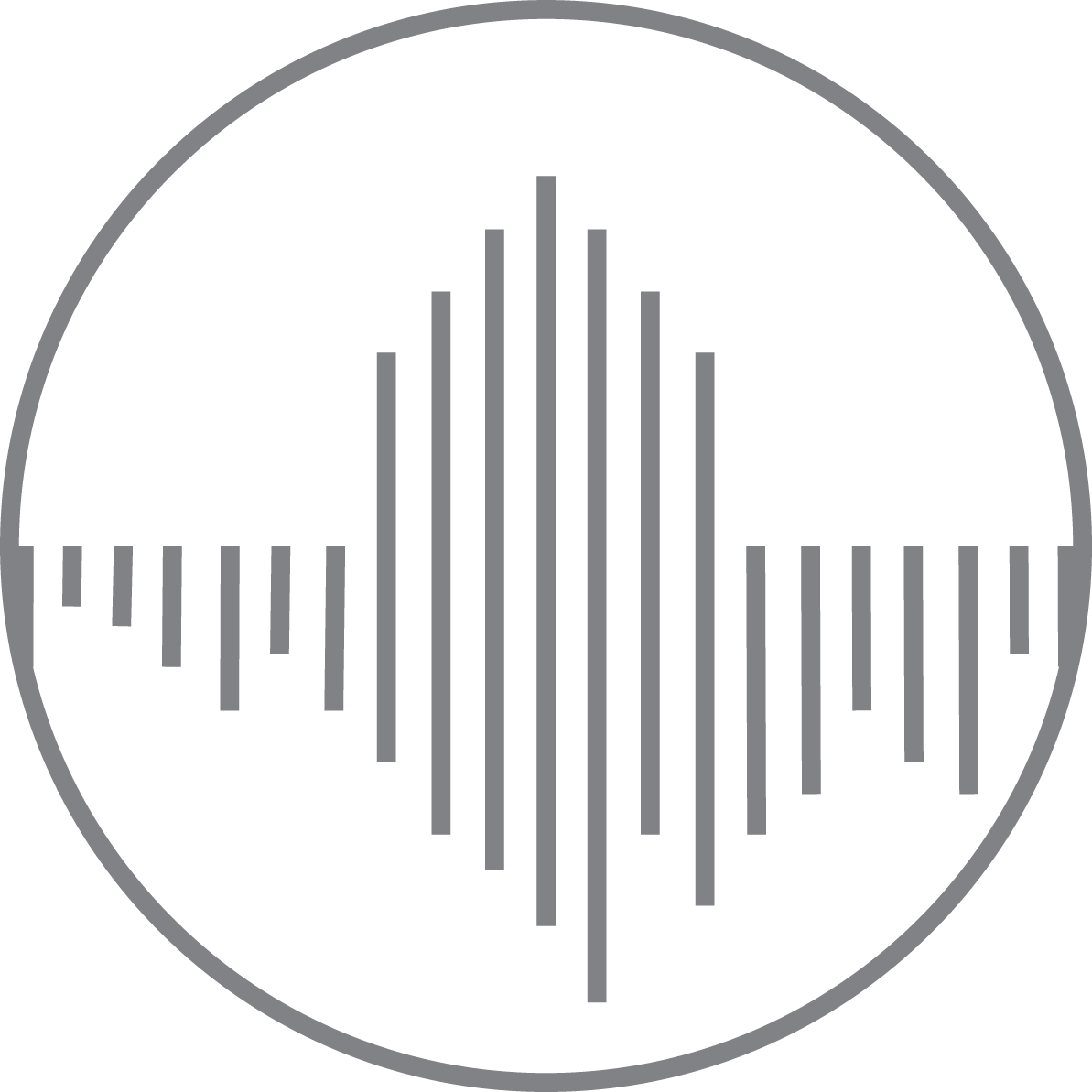Energy Modelling Your Design
When designing a new home in New Zealand, it's important to consider energy efficiency. One way to do this is through energy modelling, which is the process of using computer software to simulate the energy performance of a building design.
Energy modelling can help homeowners and builders make informed decisions about the design and construction of a new home, with the aim of reducing energy consumption and costs while maintaining a comfortable living environment.
To begin the energy modelling process, the building design is entered into a computer program that simulates the performance of the building in various conditions. This includes factors such as the home's location, its orientation, the materials used in construction, and the heating and cooling systems.
The software can then generate a range of data and outputs, such as:
The predicted energy consumption of the building, broken down by heating, cooling, lighting, and appliances
The expected temperature and humidity levels inside the home throughout the year
The expected energy costs for heating, cooling, and electricity
The carbon footprint of the building design
By using this information, homeowners and designers can adjust the design to improve energy efficiency. For example, the orientation of the home can be adjusted to take advantage of natural sunlight and shading, or insulation can be added to reduce heat loss in winter.
In addition to reducing energy consumption and costs, energy modelling can also help homeowners and builders to comply with building codes and regulations related to energy efficiency. This is more relevant to other developed countries while the New Zealand Building Code plays catch-up. In Canada, regulations include energy efficiency requirements that must be met in order for a new home to be approved for construction.
Several tools are available for energy modelling in New Zealand, including the Homestar rating system and the Passive House PHPP tool. These tools provide a rating or score based on the energy efficiency of the building design, which can be used to compare different designs or to demonstrate compliance with building codes.
In conclusion, energy modelling is an important step in designing an energy-efficient home. By using computer software to simulate the performance of a building design, homeowners and builders can make informed decisions about energy efficiency and make adjustments to the design to reduce energy consumption and costs while maintaining a comfortable living environment.

